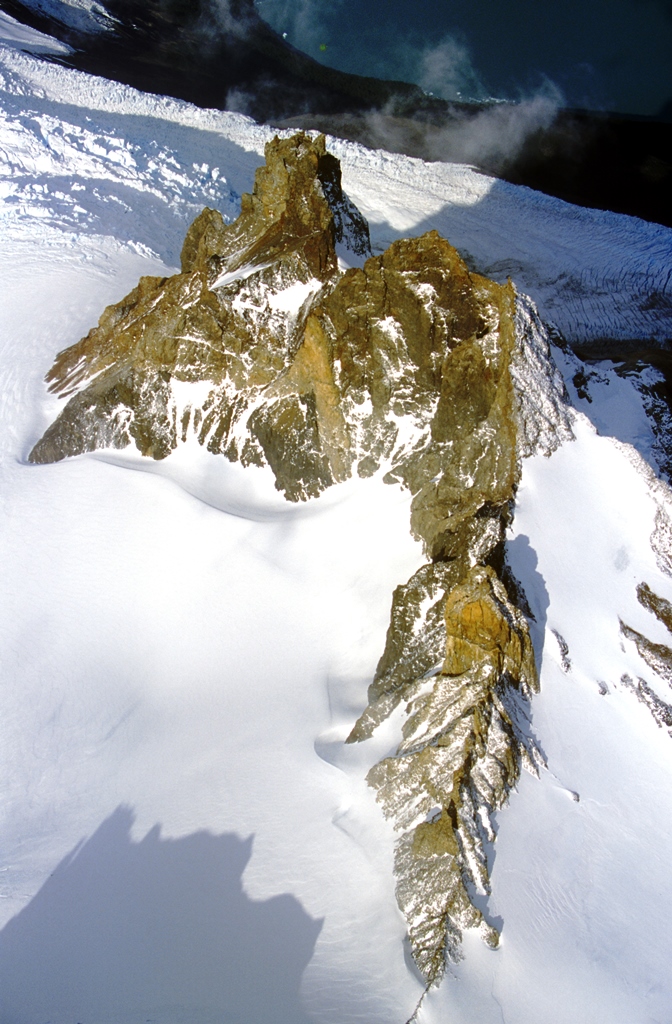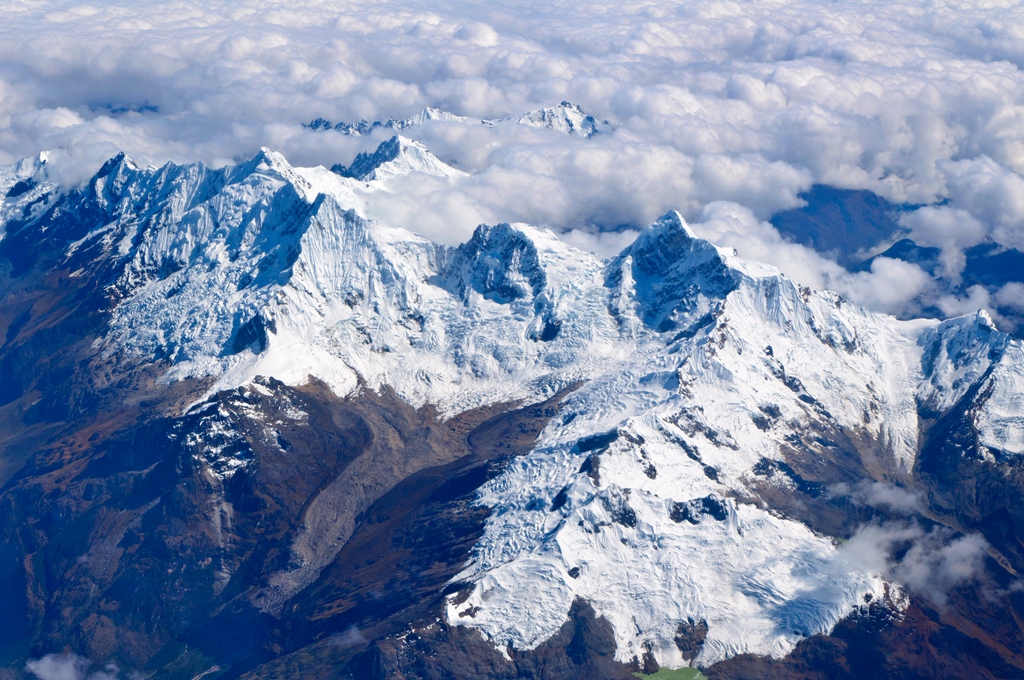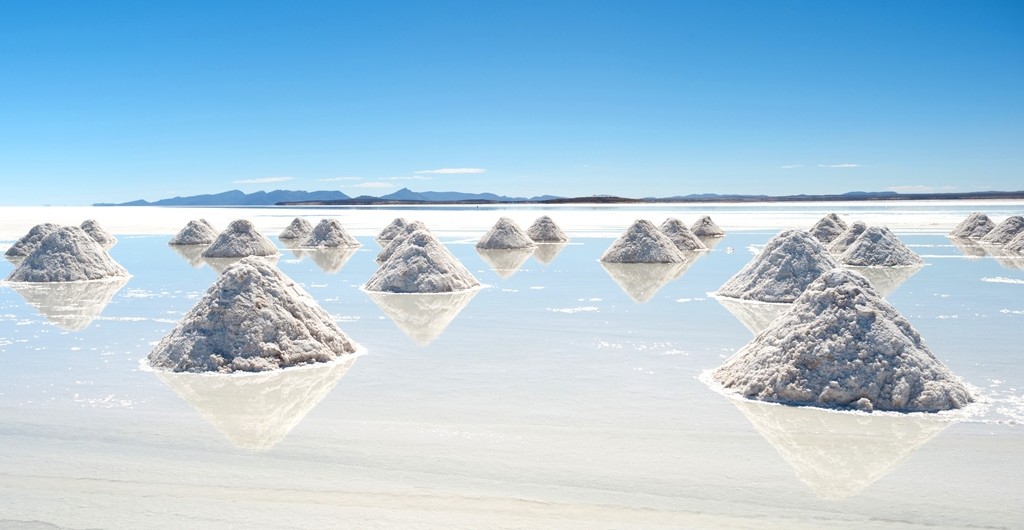- Experts state that around 50 million years ago, a head-on collision between two tectonic plates led to the formation of the Andes. These were the Nazca and the Antarctic plates that were undergoing subduction beneath the South American plate. This process has continued to this date and causes earthquakes and volcanic activity in the region.

Aerial View of the Andes - The Andes Mountains have been inhabited for centuries. One of the most recognizable civilizations from the past is the ancient Inca Empire. Inca engineers built massive and impressive sites, including Machu Picchu and the capital city of Cuzco. They also constructed roads and conduits throughout the mountain. Inca Empire, also known as Tawantinsuyu in the Quechua language, covered the entire length of the Andean range from Colombia to central Chile to northwestern Argentina.

The ancient city of Machu Picchu - The name “Andes” is believed to have come from the Quechua word “Anta”, meaning copper or “Anti”, which means “East Cardinal Point”.
- The Andes Mountain range at 4,500 miles is the longest mountain range on the Earth. It is located around the entire western coast of South America and covers a surface of 800,000 square miles. It is divided into three sections – Southern (Argentina and Chile), Central (Chilean and Peruvian cordilleras and parts of Bolivia) and Northern (Venezuela, Colombia and Northern Ecuador).

Snow Mountain, Peru



